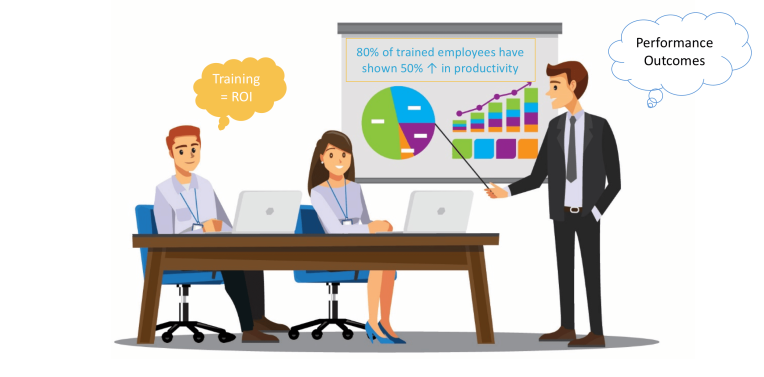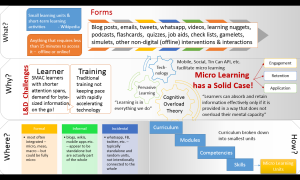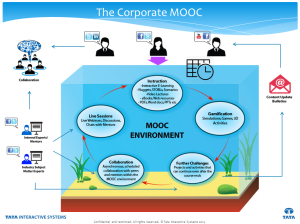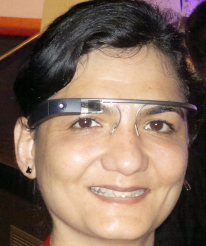I contemplated the title of this post for a few minutes before I started to pen it. After publishing a white paper on the subject, speaking at the Learning Technologies exhibition, hosting multiple webinars, and writing a couple of articles, was I getting back to basics?
The trigger for this post was an ex-colleague’s blogpost, Learning with a MOOC vs. Learning on an LMS, in which she admits that she first thought a MOOC was something like an learning management system (LMS), but later realized it is not.
No, a MOOC is not an LMS, but it is most often hosted on one. And, in the early days, around 2012, even George Siemens described MOOCs as a platform (Read MOOCs are really a platform), as in that is something that is much larger than just a course, but I still had trouble accepting them as a platform, solely because they brought together so many other platforms. So, I went about using terms such as an environment or ecosystem. At one point, I even wrote about MOOCs as an experiment, until I finally settled on referring to them as a “model” once I put together TIS’ Fish Tank model for designing a MOOC.
The instructional world around me appeared content with this new terminology, but to the business world, especially the eLearning savvy business world, it still did not make sense. To them, a “massive online course” was a far more easy-to-digest definition than an ecosystem or a model (that too with fishes in it!).
Then it dawned on them that other than the massiveness and openness, a MOOC appears to be like any other online course that sits on an LMS. “So, how is it different from an eLearning course?” asked many a client-facing sales agent.
“Well, it might help if you, just for some time, stop thinking about it as a ‘course’.” I suggested subtly, only to realize I’d thrown a bomb at them.
“What?” was the only bewildered response, they could utter.
Well, yes MOOCs are online courses available on an open platform, so anyone can join without any prequalification, often for free. And they are massive, as there is no limit to how many people can enroll for these courses. But what makes them different, and disrupting (?), is the approach to both designing MOOCs and learning from them.
And thankfully, when I recently participated in a corporate MOOC, I got to hear something on similar lines from none other than Eliott Masie, and I quote him ….
“I am intrigued by MOOCs … because they are for me one of the learning disrupters … I mean a technology or a methodology, an innovation, a venture funded approach, an assumption, or a service that attempts to change, to swing around, to shift elements of what we do….”
So, when I now talk about a MOOC, I describe it as a “methodology”—an approach that brings together existing content from various sources and in various formats, allows for collaboration among participants, and thrives on curation of content.
So, there is a structure, and yet there is no structure, which in turn makes the learning a very unique and individualized experience. As a learner, you can walk into a MOOC with a multitude attachments – your blogs, twitter handles, social profiles, resources that interest you – and likewise, you walk out with multitude attachments – your very own custom and personalized package of social connections, content, knowledge, resources, and most importantly – a very personal and unique experience!
So, it’s the experience of being totally in control of your learning and choosing what you want to learn, from whom, where, when, and how is what defines a MOOC.
So, if you want to really know what is a MOOC, I’d say – go experience one!










